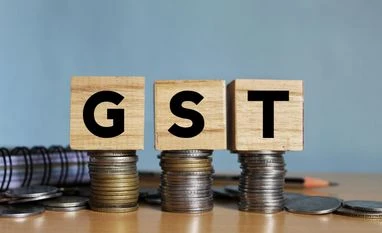The expectation that the indirect tax revenues would be buoyant after the implementation of goods and services tax (GST) was based on two assumptions: (a) the design of the GST encompassing the whole value chain from raw material to retail would capture the entire value addition for taxation; and (b) the compliance levels would be higher because of the GST self-policing system where buyers ensure documentary discipline among the sellers in order to avail of input tax credits.
While the focus of the discussions, especially in the recently concluded GST council meeting, has been on rate rationalisation — to restore, among other things, the revenue neutral rate of 14.8 per cent pre-GST compared to the current 12.2 per cent — the skills required for ensuring better compliance verification have received less attention. There is enough evidence to show that the audit skills of officers in the state commercial tax departments require improvement. The Centre is better placed in this regard because it implemented an innovative audit project between 1996 and 2006 in collaboration with the Canadian government that enhanced audit capacities. This culminated in the preparation of standardised training and audit manuals.
Our own experience with a recently completed audit training project in Kerala shows that if this is implemented systematically, states can plug revenue leakages. The important learning was that the entire training programme must be drawn up in collaboration with the officers and the state government so that their inputs and requirements are addressed. Therefore, before commencing an audit training project, a detailed needs assessment requires to be done.
An audit system has great advantages over routine tax return verification but requires greater skills. The audit training project would require the marriage of three skills — knowledge of the GST law, knowledge of financial accounts, and domain knowledge of the sector being audited. It would be important to first train a set of master trainers from the department after identifying their training and knowledge skills. Thereafter, they would be required to train the other staff with handholding done by the external trainers.
The audit system has great advantages as it is based on standard methodology, which is scientific and universally accepted. It is based on seven steps — (1) Selection of units based on risk parameters, (2) Desk review, (3) Evaluation of internal control, (4) Preparation of the audit plan, (5) Conduct of audit according to the audit plan, (6) Monitoring Committee meeting to evaluate audit points, and (7) Post-audit monitoring. The system is transparent as it documents the various steps in the audit process. These working and verification papers become part of the department’s knowledge repository. Based on the Centre’s experience, there is a need to create institutions like a monthly monitoring committee consisting of senior officers, who would ensure that frivolous audit points are not raised by the auditors and only the rigorous ones are accepted by the committee for further action.
It is also important that the audit programmes of each state are customised based on the structure of the state’s economy. Smaller units would have to be audited in a manner that is less intrusive, with greater reliance on desk audit rather than a physical visit to the premises. Similarly, the “G” and the “S” in GST would require a nuanced audit programme as the “G” is tangible goods, while the “S” pertains to intangible services. Finally, there is a need to have a computer assisted audit programme (CAAP) to audit large units with vast amounts of data and complexity.
Many capacity training projects fall short of the requirement because training officers don’t possess all the skills that are required, which is law, accounting and sectoral knowledge allied with communication skills.
While discussions on rates and simplification of laws continue under the aegis of the GST Council, the Centre needs to collaborate with the states to upskill the audit officers of the commercial tax departments. This collaboration can especially focus on how to use the latest technologies like artificial intelligence (AI) in auditing of units.
To sum up, Chanakya famously remarked many years ago that tax should be collected like a bee gathers honey from a flower, without disturbing the flower. The common complaint, however, is that the bee stings. A robust audit system with proper safeguards can help states collect more revenue — without the sting.
The writer is former member, Central Board of Indirect Taxes & Customs. The views are personal
Unlock 30+ premium stories daily hand-picked by our editors, across devices on browser and app.
Pick your 5 favourite companies, get a daily email with all news updates on them.
Full access to our intuitive epaper - clip, save, share articles from any device; newspaper archives from 2006.
Preferential invites to Business Standard events.
Curated newsletters on markets, personal finance, policy & politics, start-ups, technology, and more.
)